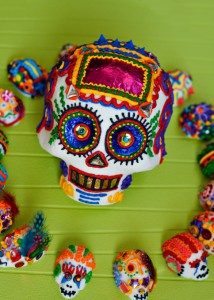Breathing is the first thing we do when we are born, the last thing before dying. Our breath is the main vital force that keeps us alive. So, it is a good thing to ask: How is your breathing doing? Besides the fact that of course you are alive, how are you breathing? Are you exploring your breath in its full potential?
At the English Yoga Studio we invite you to experience a very particular and ancient modality of the Pranayama Breathing technique. A powerful exercise that will help you unblock tensions lodged in your body, this work is designed to help you to connect deeply with your vital creative energy. A real resource of wellbeing, this is an opportunity to relax, learn more about yourself and open the way to big fun and inspiration in your life!
Join our first Pranayama workshop and breathing circle on Sunday April 28, at our Yoga Studio in Kreuzberg.
Time: 16:00 – 17:30
Teacher: Rakel Sosa
Cost: 20 €
Click here for more details about this and other Berlin yoga workshops.








